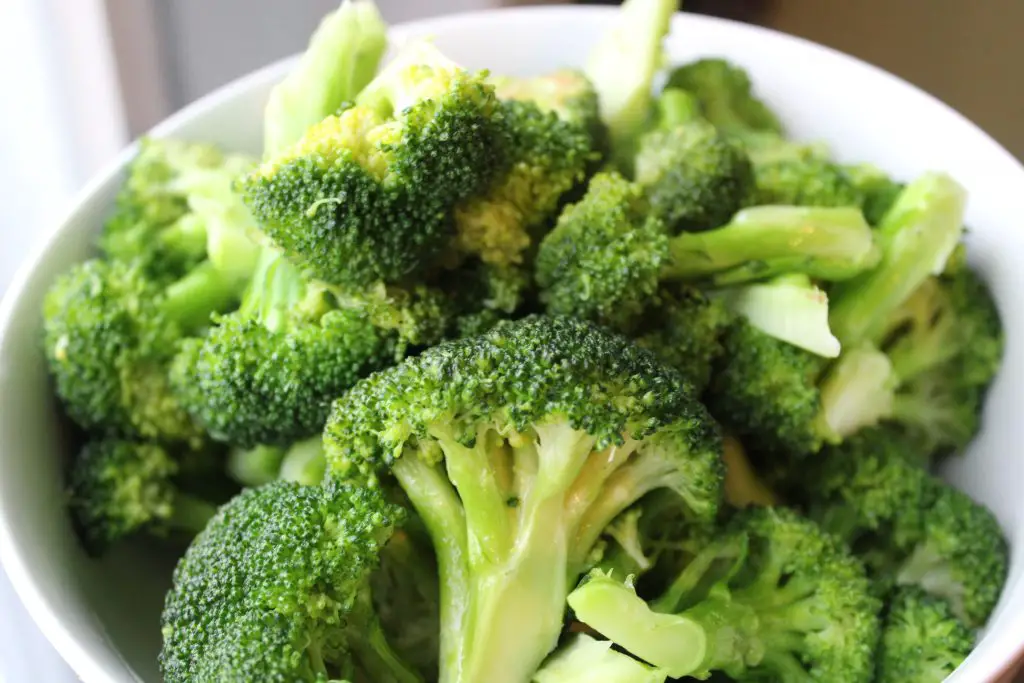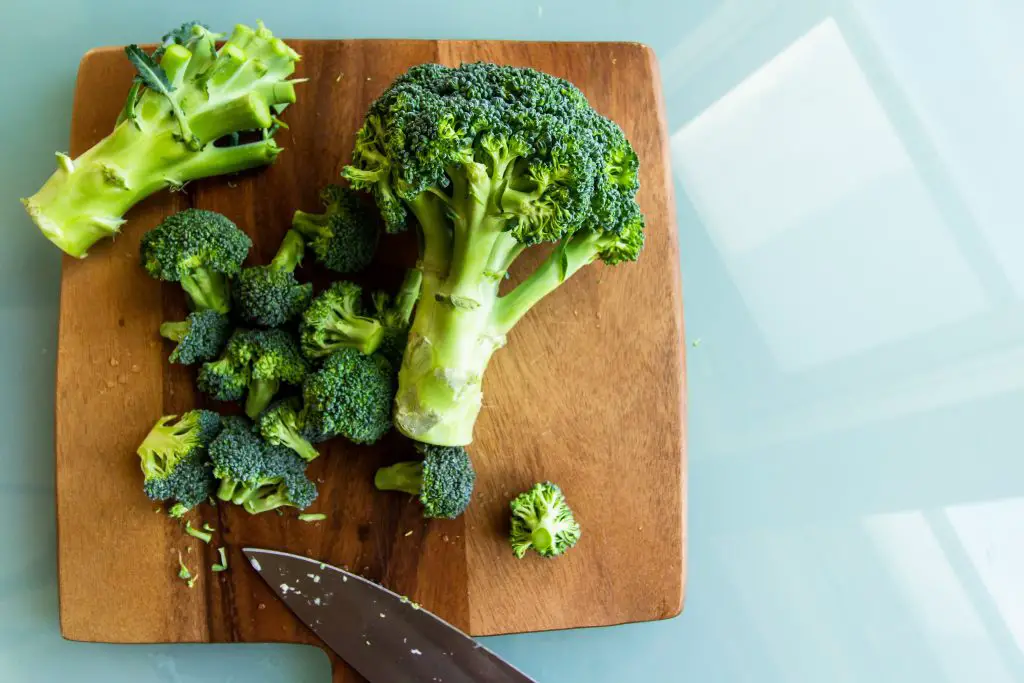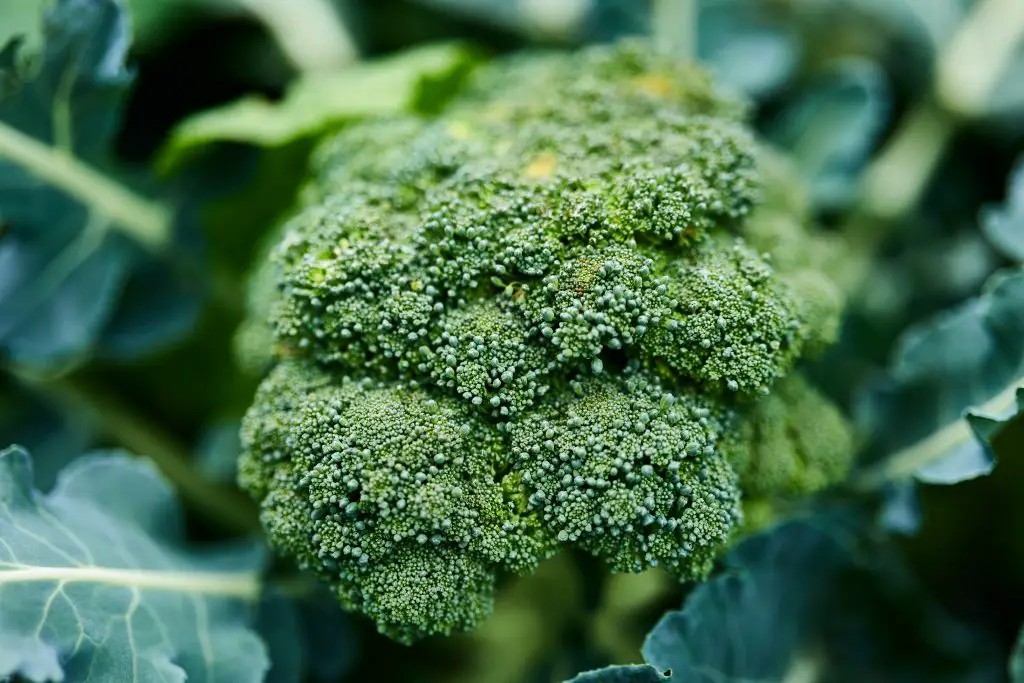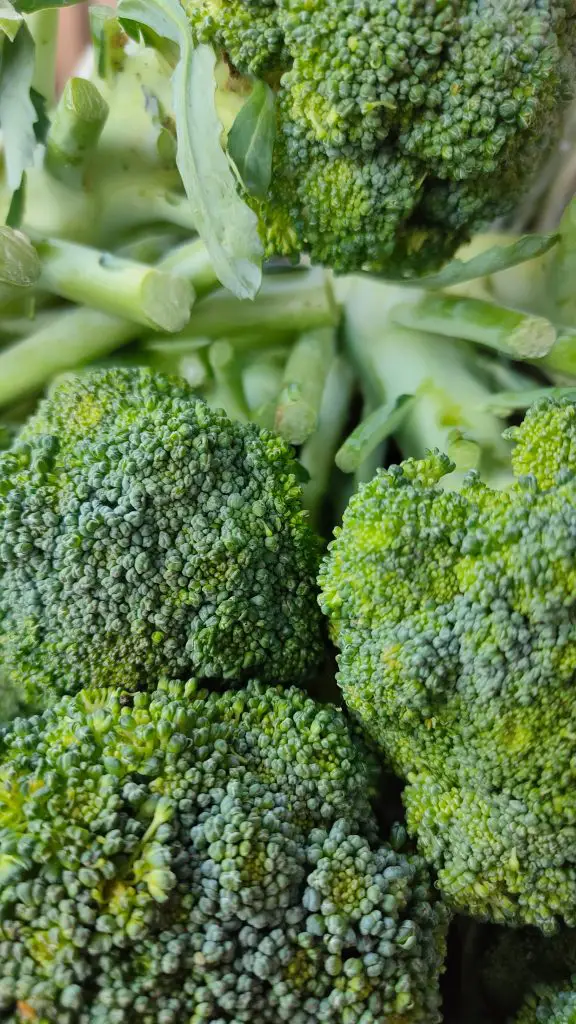How Many Florets In A Head Of Broccoli? Broccoli is one of the most popular brassicas that is growing in the garden at home and many people use the broccoli heads by splitting it up into florets to create bitesize chunks of broccoli, however, one of the common questions that is asked is how many florets are in a head of broccoli?
According to a 2005 study there are approximately 40 florets in a head of broccoli however this will depend significantly on the conditions in which the broccoli is grown and also the type of broccoli. The study looked at calabrese types which are the most common variety that is readily available at your local supermarket and looks like a mini tree.
The other lesser-known varieties of broccoli which were not included in the study were romanesco and purple sprouting broccoli which are far less common in a commercial setting because they tend to have smaller-sized heads. The typical weight of the head tested in this particular study was approximately 180g (6.3 oz).

Is Broccoli Easy To Grow?
Broccoli is a relatively easy brassica to grow compared to things like cauliflower which are far more picky about the time of year which they can grow. Broccoli plants require very little care and maintenance apart from making sure that you water them regularly and also protect them from slugs and snails by applying snail bait around the seedlings when the going to the garden.
Many beginner gardeners grow broccoli by purchasing seedlings from the local garden centre however they can be grown just as easily from seed with very little effort making them an extremely affordable vegetable to grow at home. There are many different varieties of broccoli available however Calabrese types are by far the most common and also most efficient in terms of space.
There are some striking varieties such as romanesco which provide a geometric spiral pattern head however these varieties are far less efficient in terms of space and yield because these plants are far larger in size and they produce a smaller head which is one of the reasons why they are not commonly sold commercially.

How To Grow Broccoli
If you are considering growing broccoli it is best grown in the cooler parts of the year either in spring or in autumn which means that ideally, you should be planting seeds either in late winter to early spring or in midsummer for an autumn harvest.
To start seeds off start by filling a seed tray with good quality seed raising mix and then firm the soil into the individual cells to form plugs as this will make it easier to transplant the seedlings later on into the garden.
Ideally, you should be planting approximately 2 to 3 seeds per cell at a depth of approximately a quarter of an inch as this will ensure that you get at least one plant per cell. If all the seedlings come up it is advisable to remove the weaker seedlings leaving one plant to grow in the cell.
In terms of the growing conditions for broccoli seedlings, they are generally considered to be winter crops however they still need a reasonable temperature in which to grow to get to a reasonable size so if you are growing seeds in the early part of spring when it is still relatively cold is important to bring the seed tray indoors to ensure a reasonable rate of germination.
If the seedlings are kept relatively warm they typically need to spend approximately 6 weeks in the seed tray before they can be planted out into the garden.

Transplanting Seedlings Into The Garden
Once the seedlings are large enough they can be transplanted into a location that gets at least 6 to 8 hours of sun per day. The plants themselves should be spaced approximately 12 to 14 inches apart. As mentioned earlier in the article broccoli seedlings are susceptible to attack from slugs and snails so it is strongly advisable to sprinkle snail bait around the seedlings to make sure that they do not get eaten.
The alternative is to provide a physical barrier in the form of the cloche which will also work quite well and protecting the plants in the early stages of their growth. Cloches can be made easily by taking an old milk cartons and removing the bottom of it with a knife and leaving the lid off.
In terms of soil conditions, like most vegetables, broccoli will benefit from having rich moist, and free-draining soil with plenty of nutrients. If you are unsure about the quality of your soil it is advisable to add a bag of compost before you plant the seedlings out into the garden.

Harvesting Broccoli
Broccoli can be eaten at any stage once the heads have reached a reasonable size which for most people is typically around 4 inches or so, however, the head can be allowed to grow to large size if the weather conditions are sufficiently cool enough.
If the conditions are relatively warm you run the risk of the head of broccoli starting to flower which will reduce the quality of the head substantially, so if you see any signs of the plant beginning to produce flowers then it should be harvested immediately.
I hope you found this article useful and have great success growing and cooking broccoli in your home, if you have any additional comments or questions please leave them in the section below.
Relevant Articles
How Much Sun Does Broccoli Need? Can It Tolerate Shade?
How Long Do Broccoli Side Shoots Take To Grow? And How Big Do They Get?
How Many Broccoli Heads Grow On One Plant?
What Are The Different Types Of Broccoli?
